Are you willing to sponsor?
Are you ready to explore the transformative power of athlete sponsorship for your brand? Click here to learn more about how sponsorship can help brands grow and thrive in the exciting world of motorsports.
By Emanuele Venturoli| Posted March 8, 2020 | In MotoGP
The International Motorcycling Federation, Dorna and the IRTA made the joint decision to cancel the Qatar Grand Prix for the MotoGP class and to postpone to a later date the Thailand Grand Prix for all three classes due to the outbreak of the COVID-19 virus (or Coronavirus). The start of the Grand Prix motorcycle racing season is thus delayed to 8 April 2020, with the US Grand Prix in Austin on the Circuit of the Americas.
In these hours of confusion and agitation for teams, operators and fans, it is especially important to have a clear picture, separating – as the expression says – the sheep from the goats. First of all, we need to remind ourselves that the causes of the cancellation of the Qatar MotoGP and the postponing of the race in Thailand are fundamentally different.
The Emirates would have hosted the top class without any problems, given that there are no restrictions in place for holding large events, just as it is perfectly happy to go ahead with Moto2 and Moto3.
The problem in Qatar is essentially the concern about lots of Italians crowding the paddock, which is, according to the local government, the greatest risk. Our fellow Italians, once they reached Qatar, would have had to spend two weeks in quarantine before being allowed to get on with their business. This doesn’t fit well with the Grand Prix timeframe and therefore, it would have effectively deprived MotoGP of a large number of riders, engineers and operators. Dorna, FIM and IRTA thus made the joint decision to cancel the GP for the MotoGP class, allowing only Moto2 and Moto3 to go ahead, whose teams are already at Losail for pre-season tests.
The situation is substantially different for Thailand, where, despite there being no problems for the arrival and departure of Italians and Europeans in general, there is a ban on all events involving more than a thousand people, precisely due to the rapid spread of Coronavirus. Unfortunately, or fortunately, the Buriram round, since it was established, has been the Grand Prix with the biggest turnout in the stands and paddocks, with hundreds of thousands of fans filling every space available.
At the moment of writing, the situation is also uncertain in the US, where the Grand Prix should kick off on the Circuit of the Americas on 5 April. The US has in fact issued a “Level-4 Warning / Do not Travel” for residents of Veneto and Lombardy, two regions that are home to a number of sportsmen and teams engaged in Grand Prix racing.
Exactly as happened for Qatar, it is difficult to imagine a Grand Prix without anyone from Lombardy and Veneto on the track (or, obviously, anyone who has travelled to these regions): to name just two, Yamaha Racing is based in Gerno di Lesmo in Brianza and Aprilia’s headquarters are in Noale in Veneto.
As I write, the Argentinian authorities have instead confirmed without a doubt that the Termas di Rio Hondo Grand Prix will go ahead on the weekend of 18 April. Equally, Carmelo Ezpeleta, CEO of Dorna Sports, reiterated that there will be a normal MotoGP 2020 season and that every effort will be made to limit the inconveniences. An initial proposal is to include the Thailand GP in the Asian Triptych, where it used to be up until last year. Come autumn, it is hoped not only that the pandemic is over, but also that everything is very much back to normal, allowing Grand Prix racing to go ahead as usual.
What is clear is that none of this is certain at the moment. The situation evolves continuously and – as demonstrated by last weekend – things can take a rapid turn in just a few hours: the three classes united could be back on the track from America, Argentina or Jerez in Spain on 3 May. Right now, we just don’t know.
It is all too easy to borrow the famous title by Gabriel Garcia Marquez in these feverish circumstances, but it is important, if not essential, to draw appropriate distinctions.
First of all, we must remember that all this is done with a view to protecting global health and safety in the face of an increasingly transnational infection emergency. If one thing is certain about this Coronavirus, it is that it is highly contagious. A championship such as MotoGP, which requires hundreds of people from all over the world to move every two weeks from one country to another and from one continent to another, is potentially an extraordinary vehicle for the transmission and transferability of the COVID-19 virus. The sacrosanct imperative is to protect the health of everyone: on this we are all agreed.
That said, it is understandable that these hours are troubling, with numerous issues arising, big and small, ranging from the logistics difficulties of the teams to the relationship with sponsors, organizational problems for the future and the prompt communications required to get the whole machine literally back on track.
I, for one, am certain that these problems will be overcome and that Grand Prix racing will be reunited with its fans and circuits as soon as possible. In the meantime, the hope is that this astonishing illness that has hit our planet may disappear back to where it came from. Leaving us to get back on our bikes and, above all, with a new smile on our faces.
Are you ready to explore the transformative power of athlete sponsorship for your brand? Click here to learn more about how sponsorship can help brands grow and thrive in the exciting world of motorsports.

A graduate in Public, Social and Political Communication from the University of Bologna, he has always been passionate about marketing, design and sport.
The online platform where you can discover the latest trends, strategies and insights from the exciting world of sports marketing.
View our blog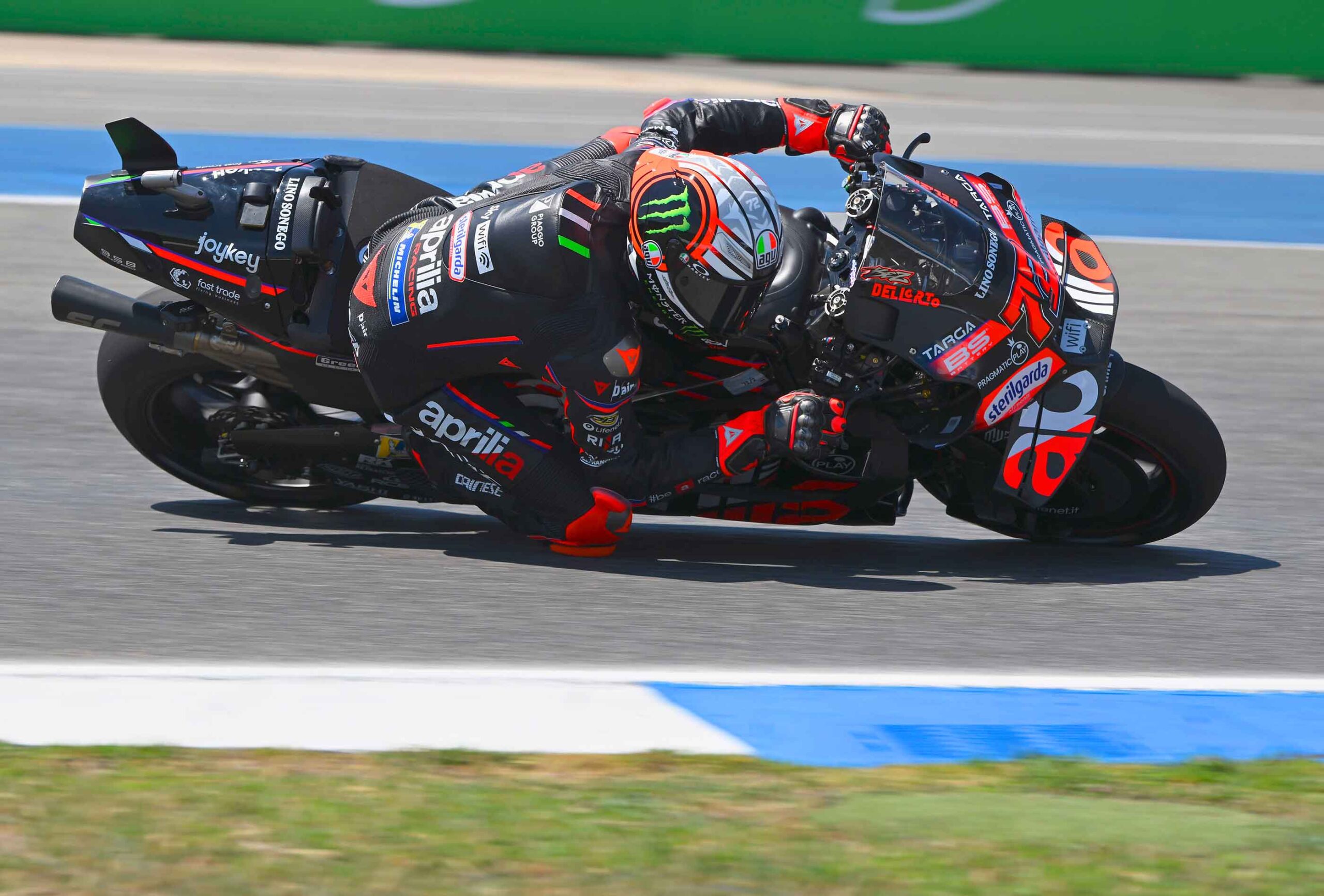
June 17, 2025
Starting in 2027, MotoGP is preparing for a momentous change that will redefine the face of motorcycling’s premier class. The new technical rules, announced by the Grand Prix Commission[...]
Read More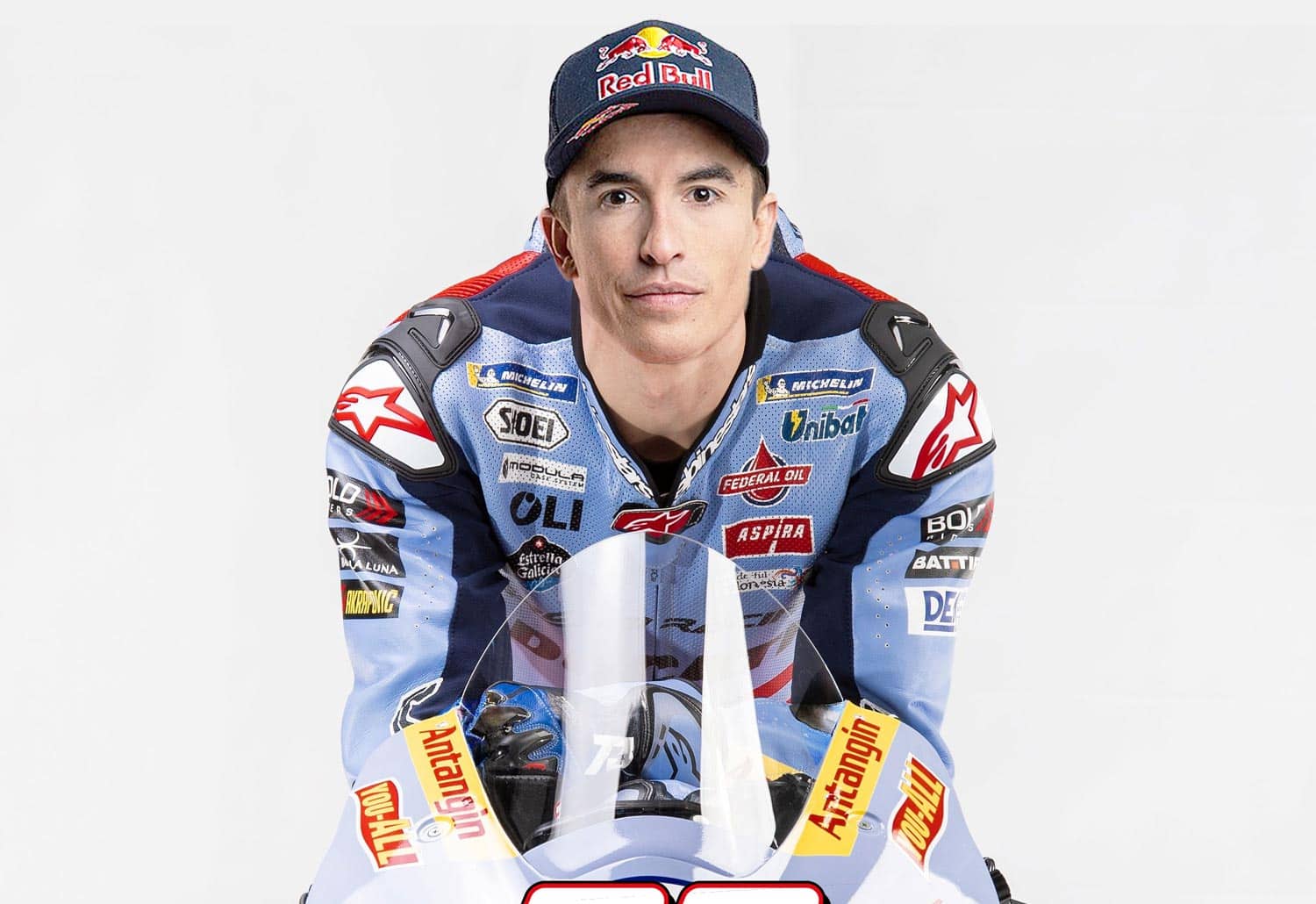
June 11, 2025
After 11 years, Marc Marquez is leaving Honda HRC to join Team Gresini. This was announced in a laconic press release, without signatures or photos, by the same House with the Wing. The same [...]
Read More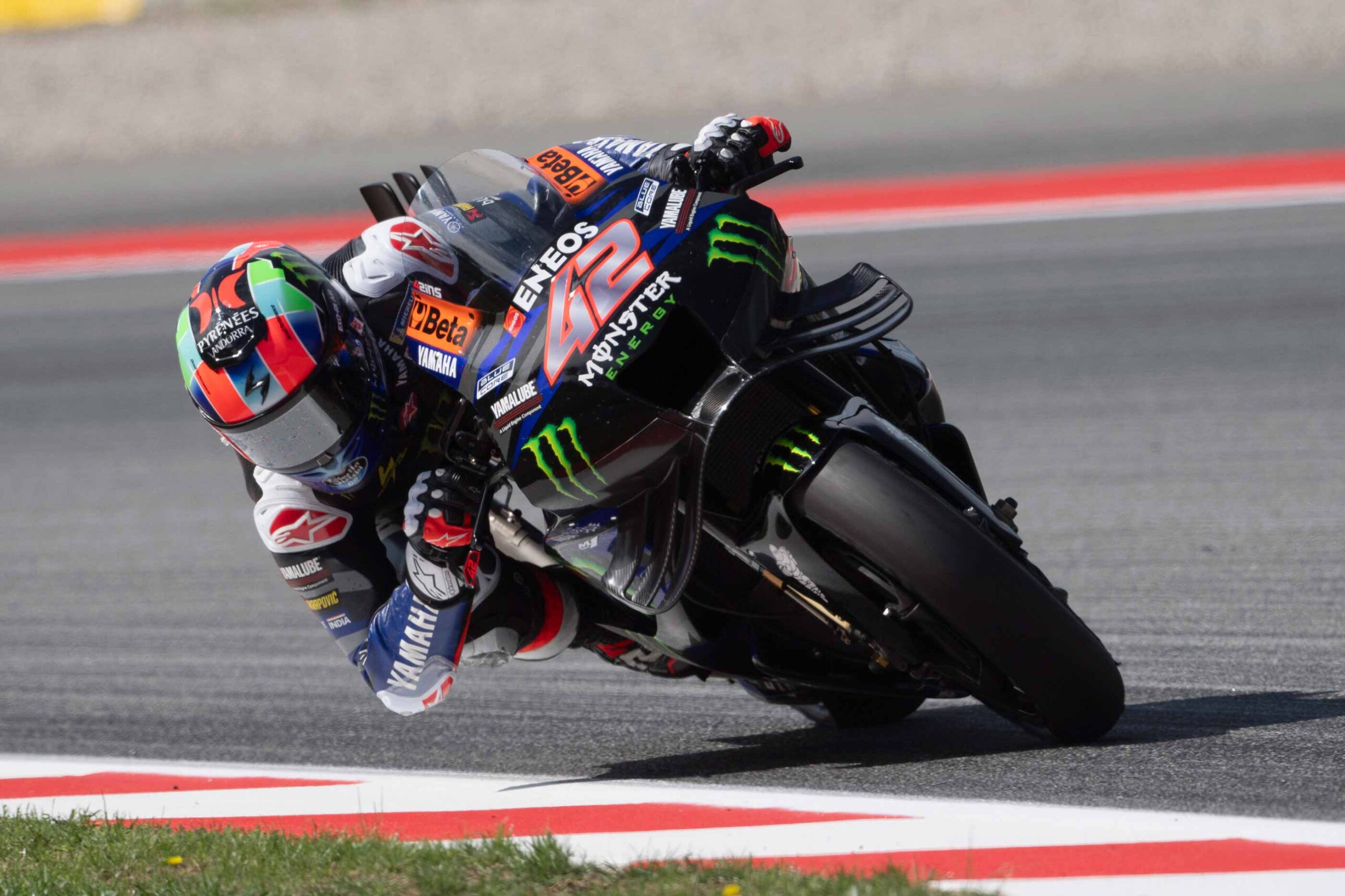
May 6, 2025
In the world of motorsport sponsorship, speed and performance have traditionally reigned supreme. However, a new race is underway, one towards sustainability. Both Formula 1 and MotoGP are st[...]
Read MoreIn an era where it is possible to get anywhere with a click, there is a strong temptation to approach teams and properties directly for sponsorship projects.
By doing so, we are convinced that we are shortening the value chain, saving time and money. However, these DYI methods are anything but risk-free and what initially appears to be a competitive advantage soon turns into a problem that is difficult to resolve. That’s why there are agencies. And this is why you should rely on us for your sponsorships.
When first approaching a sponsorship or sports marketing project, it is difficult to know immediately which stakeholders are correct, what the decision flow is, and what the right timelines are for each process. Sports is a very specialized field of action, and fitting effectively into its paths can take a lot of time and therefore money. We, on the other hand, know referents and spheres of action and know who to talk to, when and how. So you are also more effective.
Sports is an immense passion, and for our heart colors we would be willing to do anything. But business is a different business, and it is important to make the best possible strategic decisions based on independent research, statistics and reliable data. A sports marketing and sports sponsorship agency like RTR has an objective, 360-degree picture of the scenario and can tell you what is really best for you: which sport, which athlete, which team. This is because we possess a great deal of data and information on ratings, segmentation and attitudes. Because the numbers don’t lie. Never.
Activations are the real heart of sports sponsorship. Without them, there remains only a blank sticker on a motorcycle, car or uniform and no contact with the public, no emotional connection, no impact on the bottom line. Then how do you do it? It certainly won’t be the teams or the athletes who will help you leverage sponsorship and enjoy the many marketing rights you have paid for. To bring out the best in a sports marketing project you need an agency that knows how to use sponsorship to engage the fanbase on the Web, to reach out to Shopping Centers, to organize hospitality, to develop B2B and B2C opportunities, and to get “your” athletes in front of millions of potential consumers.
Would you ever go to the dealer who sold you the car and ask if the competitor’s car is better? No, of course. So, how do you expect to get firm measurements of the effectiveness of your sponsorship if you do not rely on someone super partes? At RTR, we have always worked with independent third-party agencies that allow us to know the return on any exposure of your brand on TV and in the media. In addition, we believe in calculating ROI as the ultimate measure of your success-so we can tell you for every penny you spend how much you are making.
We have been involved in sports sponsorship and sports marketing for more than 15 years. We are consultants in the sense that our goal is to maximize your investment, but we are also an agency that manages the project from start to finish. We have been doing this since 1995 with passion and professionalism, following three principles that have become cornerstones of our business: independence, verticality and transparency.
I would like to highlight the fact that one of the qualities of RTR is its great ability to approach the sponsorship scenario strategically, together with its passionate attitude, its amazing enthusiasm for solving problems, and its high level of professionalism.
Gianluca Degliesposti
Executive Director Server&Storage EMEA
Eurosport is truly delighted with its business relationship with Riccardo Tafà, who has become extremely popular, thanks to his detailed knowledge of the sports marketing sector and his highly diligent attitude to work.
Francois Ribeiro
Commercial Director
Passion and Expertise are the features that I have found in RTR since the very beginning. Serious and reliable professionals but also very helpful, nice and open-mind people, willing to listen and compare different ideas. All the values in which RTR believes make this agency a partner, not just a supplier, a partner with whom we have had the opportunity to achieve significant commercial results in term of success and image.
Luca Pacitto
Head of Communication
We have been working with RTR Sports Marketing for over 10 years. The objectives and the programmes of collaboration continue to be renewed and to grow with mutual satisfaction. I believe RTR is a team of great professionals led by Riccardo Tafà, who I consider a manager of exceptional skills and with a great passion for his work.
Lucio Cecchinello
Team Principal
I have known and worked with Riccardo Tafà since 1995 when we collaborated for the first time on a project for the Williams Formula 1 team. Several clients followed. After leaving Williams to work for Gerhard Berger then owner of the Toro Rosso F1 Team, I turned again to Riccardo to seek his help in finding a tool supplier for the team and Riccardo duly obliged with an introduction to USAG, a partnership with Toro Rosso which endured for five years. I recently started a new role as Group Commercial Director for the renowned Andretti Autosport organisation and I find myself working with Riccardo once again on a number of interesting projects. Why has this relationship with Riccardo endured ? He’s smart, knows the commercial side of sport inside out and back to front and he’s honest and trustworthy. Riccardo Tafà is a “doer” not a “talker”: in over 20 years I have never had a dispute either with him or with a company that he has introduced and each partnership introduced by Riccardo has delivered quantifiable ROI to rights holder and sponsor alike. I can think of no better testimonial of Riccardo’s diligence, knowledge, contact base and hard work than that.
Jim Wright
Group Commercial Director
The online platform where you can discover the latest trends, strategies and insights from the exciting world of sports marketing.
View our blog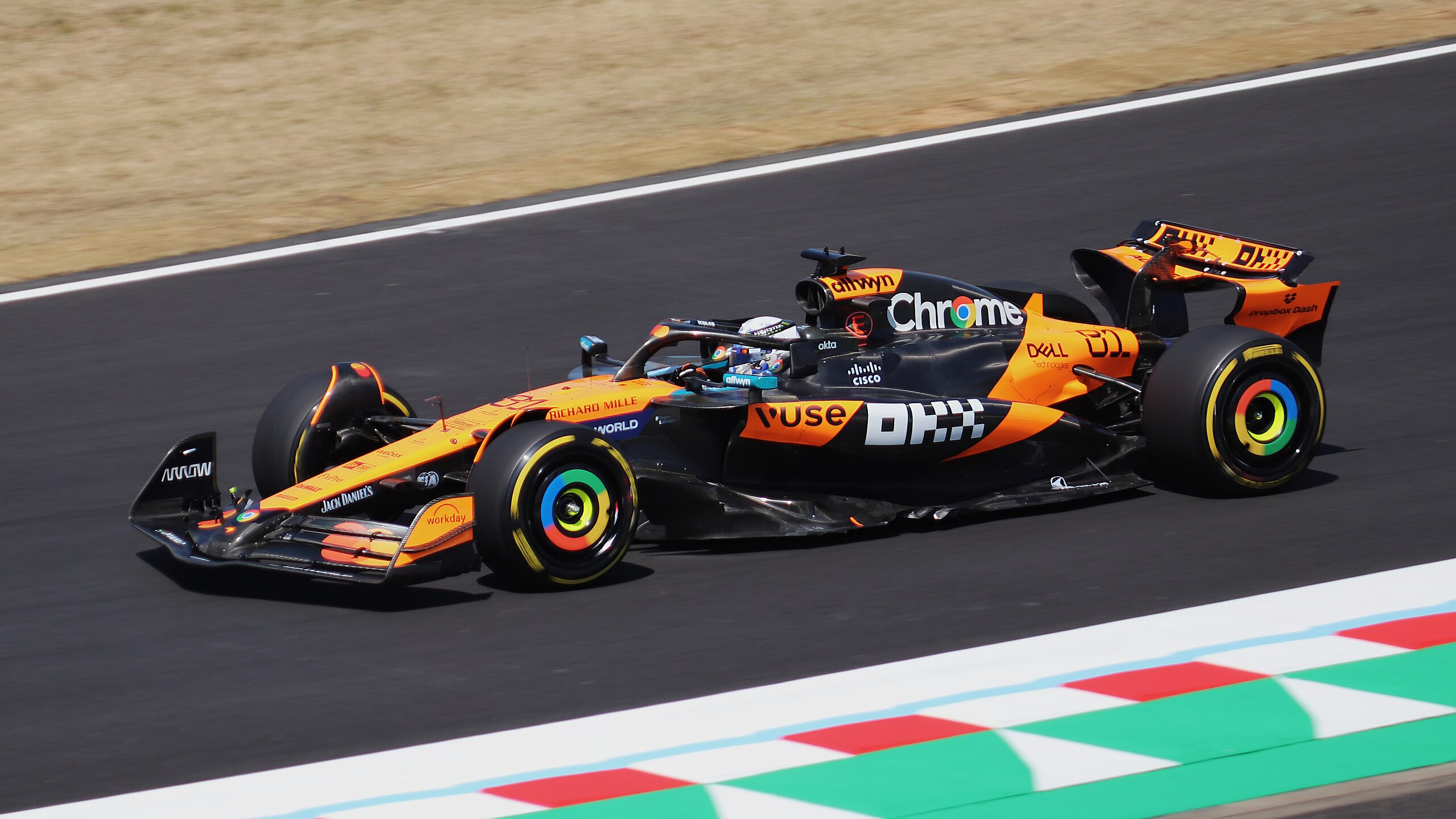
July 1, 2025
In the complex and exciting world of Formula 1, performance no longer belongs exclusively to wind tunnels and race strategies. It also unfolds in boardrooms, brand labs, and experiential mark[...]
Read More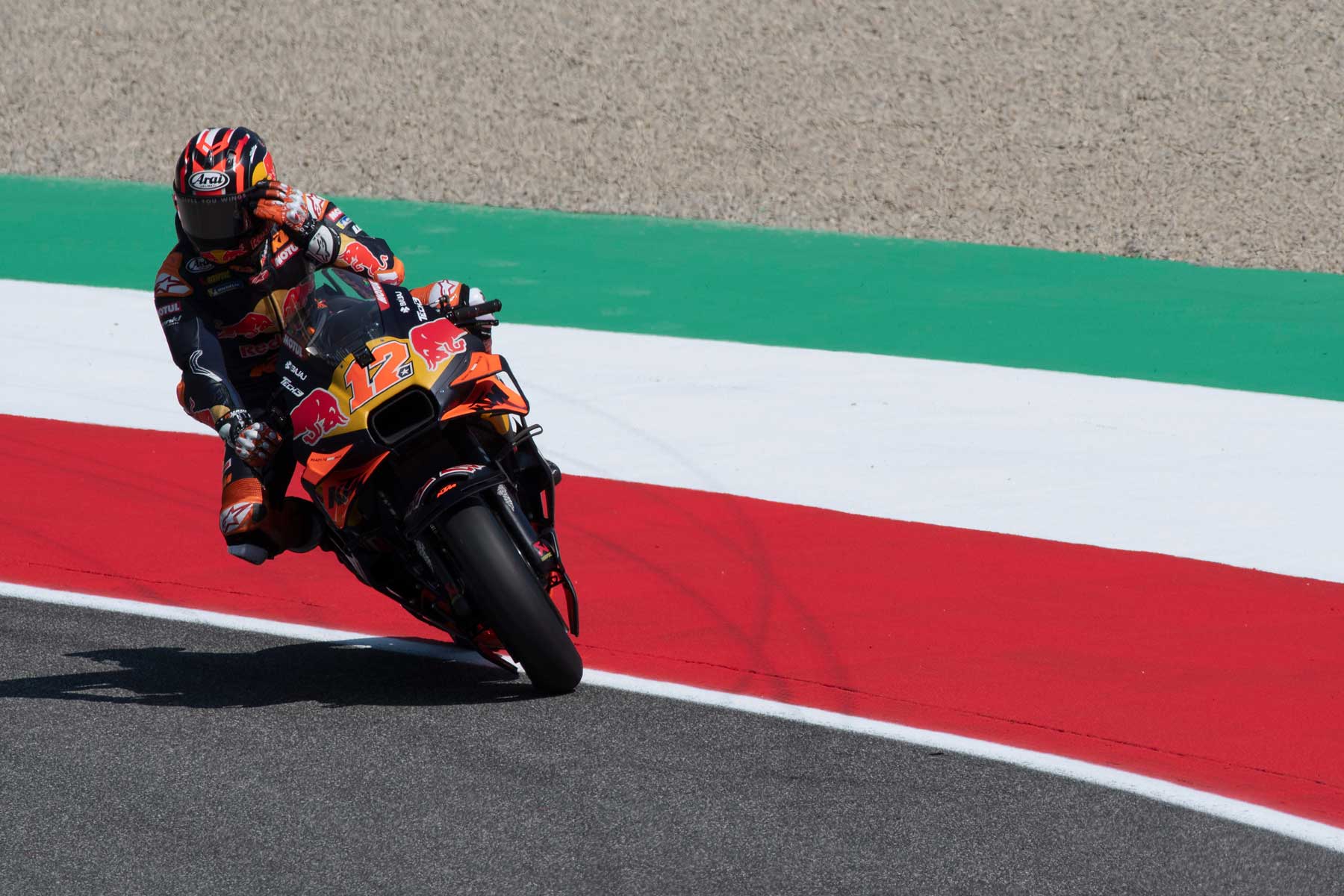
June 26, 2025
The European Commission has provided Liberty Media Corporation with unconditional approval to complete the acquisition of the MotoGP World Championship. The process of annexing the top motorc[...]
Read More
June 18, 2025
When you think of sports, what comes to mind? For many, the answer is sports marketing management. We see Super Bowl or Olympic commercials and it seems like every other product is marketed t[...]
Read More